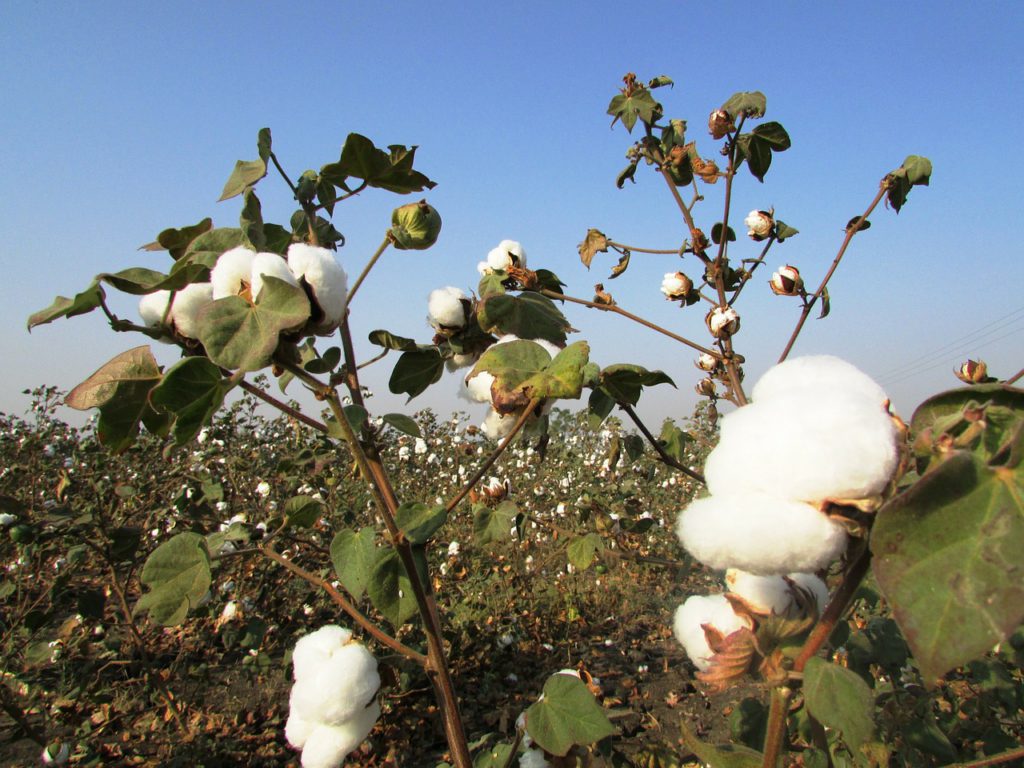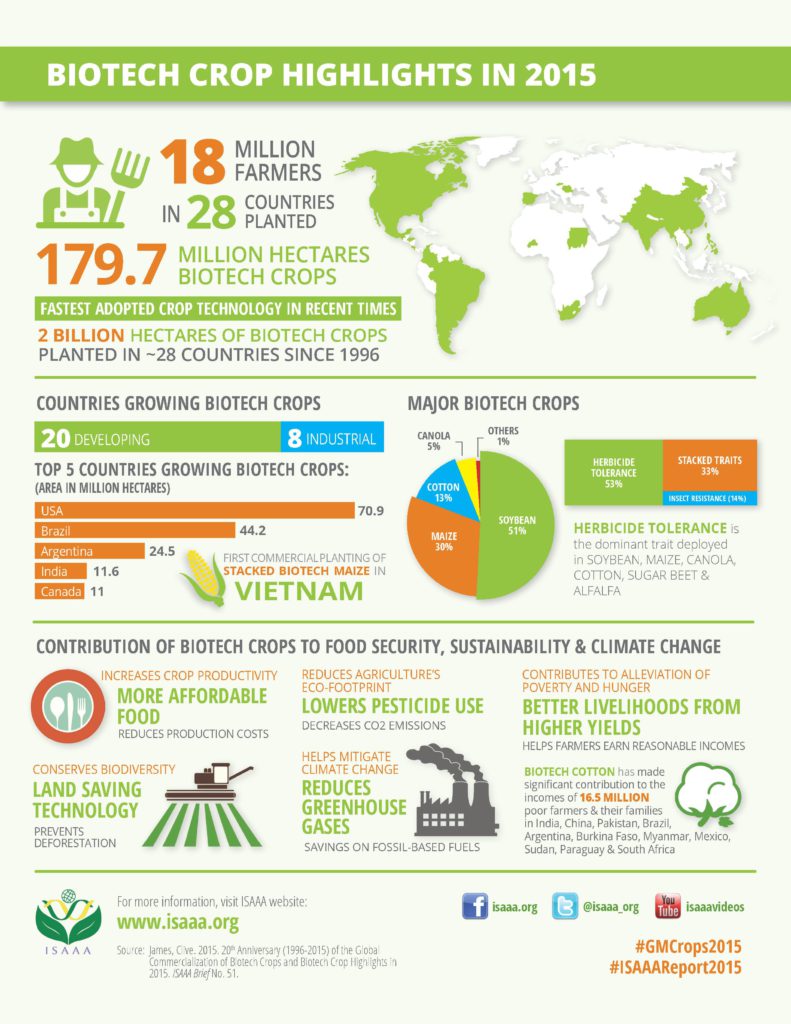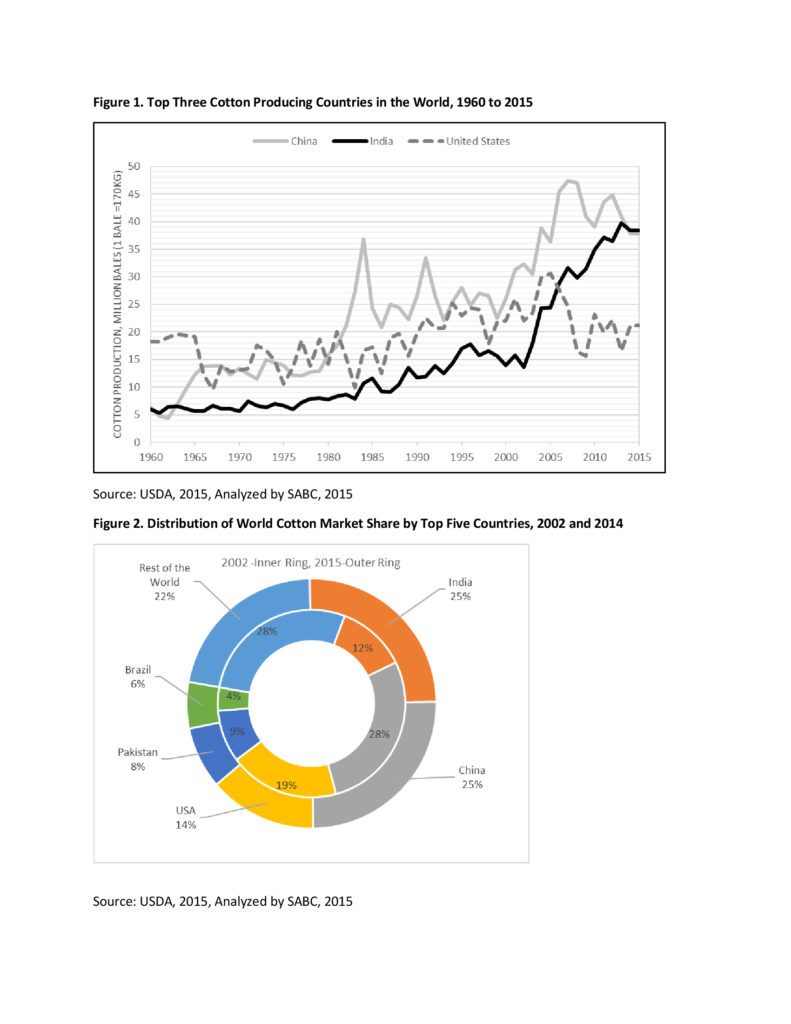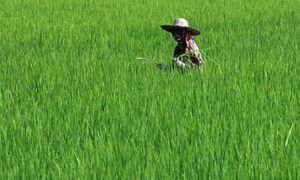India’s cotton boom hope hinges on monsoon bounty

It is estimated that farmers in up to 28 countries have reaped over US$150 billion in benefits from biotech crops since 1996.
 New Delhi, (Big Wire) India to retain numero uno status in global cotton production in 2016 as the monsoon rains over growing belts are expected to be bountiful for the first time in three years, experts said on Saturday.
New Delhi, (Big Wire) India to retain numero uno status in global cotton production in 2016 as the monsoon rains over growing belts are expected to be bountiful for the first time in three years, experts said on Saturday.
The South Asian country witnessed poor monsoon for two straight years since 2014, mainly on an El Nino effect that resulted in weak rainfall, causing droughts in many parts of the Indian sub-continent.
El Nino is a weather event, marked by the warming of sea surface temperature in the Pacific Ocean, often causes droughts in Asia-Pacific region from Australia to South Asia including India.
In a recent ahead of the season prediction, India’s weather office forecast a surplus rainfall for the four-month long monsoon season from June.
The expectation of a drought free monsoon season has brought cheers in markets and led Finance Minister Arun Jaitley to predict more than 7.6 percent growth in the 2016/17 fiscal that began from April 1.
India became the leading cotton producer in the world, with much of its growth attributed to biotech Bt cotton, a genetically modified organism (GMO) cotton variety, despite the poor run in the monsoon for the last two seasons.
A well-distributed monsoon over cotton growing belts could result in a record output of 36 million bales (one bale of 170 kg each) in 2016, said a Mumbai-based commodity analyst.
Last year’s poor monsoon season cut India’s cotton output to around 30.7 million bales from 34.8 million bales in 2014, showed the farm ministry production updates.
India was the largest cotton producing country in the world with 11.6 million hectares in 2015 cultivated by 7.7 million small farmers, showed the latest updates of the International Service for the Acquisition of Agri-Biotech Applications (ISAAA).
In 2014 and 2015, India planted 95 percent cotton crop with biotech seed. China’s adoption of the biotech cotton crop last year stood a unit percentage point higher than India.
FOOD CHAIN
Though India is a leading producer of many food items such as rice, wheat, sugar in the world, there is a visible sign of rising food imports, and an increasing dependence on imported items to ensure food security including rising imports of edible oil, pulses, and corn.
“The success of Bt cotton in India provides a solid foundation for an introduction of transgenic food crops to increase food production and double farmers income in line with Prime Minister Narendra Modi’s vision of doubling farmers income by 2022,” said Bhagirath Choudhary, Founder Director of New Delhi-based South Asia Biotechnology Centre.
Experts favour India to look for technological solutions, both home-made and globally tested, to accelerate food production of pulses,oilseed crops, and cereals where import dependence of the world’s second most populous country has been increasing due to uncertainty about the monsoon rains, considered to be the lifeline for Indian agriculture sector.
Choudhary said India needs to seriously consider approval of two important biotech food crops –Genetically Modified (GM) mustard and Bt brinjal – as part of its long-term strategy to raise overall productivity in the farm sector.
Combined bill of imported edible oil and pulses reached one trillion rupees in 2015, third largest import after petroleum products and gold. India needs to expedite approval of homegrown Bt chickpea, Bt pigeon pea and GM mustard to arrest growing trend in the food import.
Allowing commercial planting of Bt brinjal by revisiting a five-year-old existing moratorium on the vegetable crop be the first step in this direction.
GLOBAL SCENE
The global in the biotech area rose from 1.7 million hectares in 1996 to 179.7 million hectares in 2015, showed the ISAAA report. “This 100-fold increase in just 20 years makes biotechnology the fastest adopted crop technology in recent times, reflecting farmer satisfaction with biotech crops,” said the report.
Since 1996, two billion hectares of arable land – a massive area more than twice the landmass of China or the United States – have been planted with biotech crops, it added.
It is estimated that farmers in up to 28 countries have reaped over US$150 billion in benefits from biotech crops since 1996.
The adoption of biotech crops helped alleviate poverty for up to 16.5 million small farmers and their families annually totaling about 65 million people, who are some of the poorest people in the world, the report claimed.
“Despite claims from opponents that biotechnology only benefits farmers in industrialized countries, the continued adoption of the technology in developing countries disproves that,” said Clive James, founder and emeritus chair of ISAAA.
To access full text of the ISAAA report, click: www.isaaa.org

(Ratnajyoti Dutta, a former Reuters journalist, is the New Delhi-based Consulting Editor of Big Wire.)












































